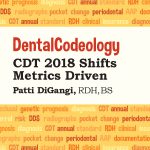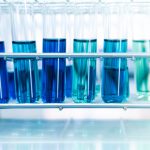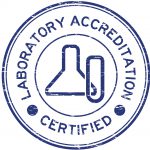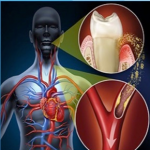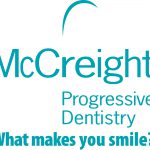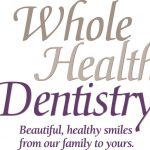
Dr. McGlennen: Tell me how you use OralDNA® salivary diagnostics.
Kristen RDH: We recommend OralDNA® saliva testing on all patients that have bleeding/inflammation regardless of probe depths. We utilize MyPerioPath® for these patients to customize treatment plans and target the cause of the inflammation. We utilize a post MyPerioPath®, called MyPerioProgress®, to measure the effectiveness of the therapy we provided. It is awesome to use an approach where we can have objective measurements t...
Read More

